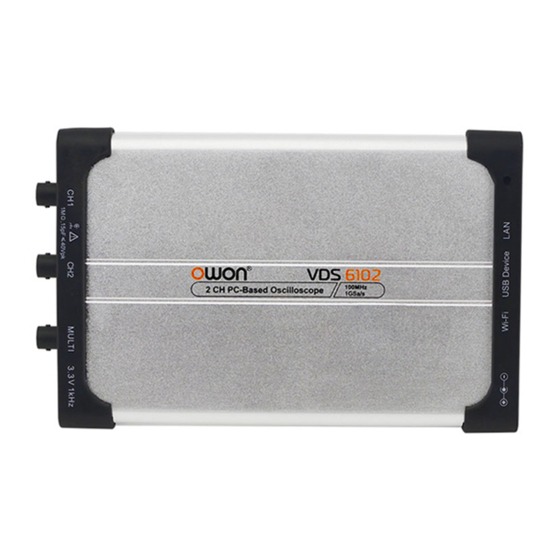Table of Contents
Advertisement
Quick Links
- 1 Table of Contents
- 2 Pc Configuration Requirements
- 3 How to Communicate the Device with Pc
- 4 To Communicate the Device with Pc
- 5 Operation Interface of Pc Software
- 6 How to Set Built-In Function Generator
- 7 How to Use Lan Communication Interface
- 8 How to Work Wifi with Pc Software
- Download this manual
Advertisement
Table of Contents


















Need help?
Do you have a question about the VDS6000 Series and is the answer not in the manual?
Questions and answers